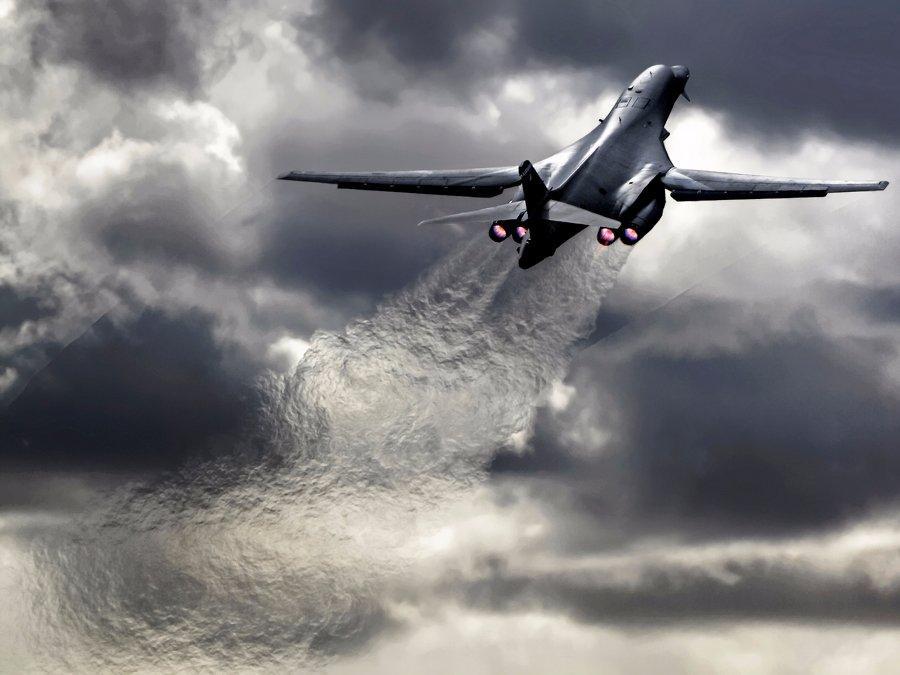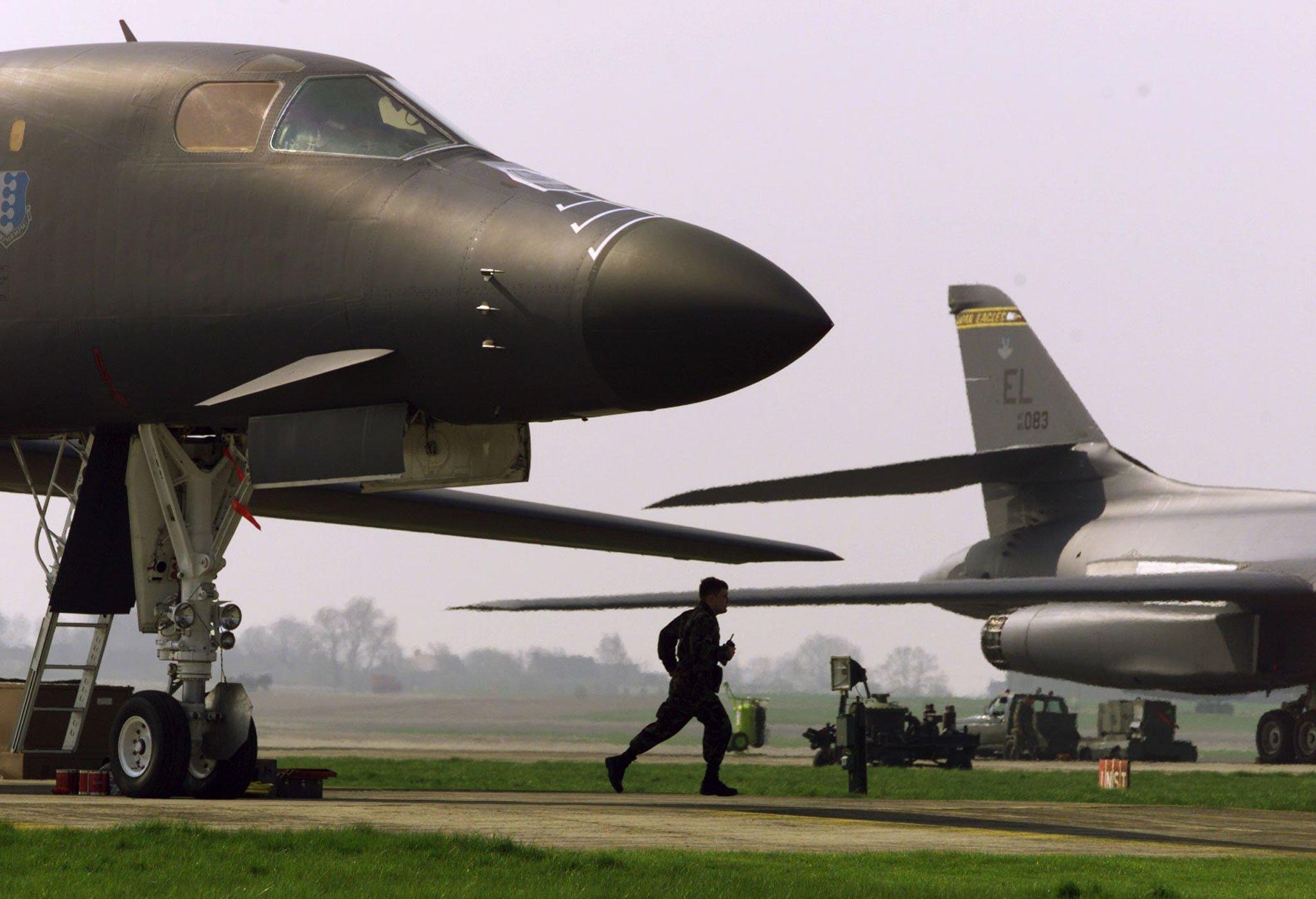Here's what could happen if North Korea tried to shoot down a US bomber

Your support helps us to tell the story
From reproductive rights to climate change to Big Tech, The Independent is on the ground when the story is developing. Whether it's investigating the financials of Elon Musk's pro-Trump PAC or producing our latest documentary, 'The A Word', which shines a light on the American women fighting for reproductive rights, we know how important it is to parse out the facts from the messaging.
At such a critical moment in US history, we need reporters on the ground. Your donation allows us to keep sending journalists to speak to both sides of the story.
The Independent is trusted by Americans across the entire political spectrum. And unlike many other quality news outlets, we choose not to lock Americans out of our reporting and analysis with paywalls. We believe quality journalism should be available to everyone, paid for by those who can afford it.
Your support makes all the difference.North Korea on Monday said it interpreted a tweet from President Donald Trump as a declaration of war and threatened to shoot down US B-1B Lancer strategic bombers even if they weren't flying in its airspace — but such an attack is easier said than done.
The US frequently responds to North Korea's provocative missile and nuclear tests by flying its B-1B Lancer — a long-range, high-altitude, supersonic bomber — near North Korea.
Fighter jets from South Korea and Japan often accompany the bomber, and sometimes they drop dummy bombs on a practice range near North Korea's border.
The move infuriates North Korea, which lacks the air power to make a similar display. North Korea previously discussed firing missiles at Guam, where the US bases many of the bombers, and it has now discussed shooting one down in international airspace.
On Tuesday, South Korean media reported that North Korea had been reshuffling its defenses, perhaps preparing to make good on its latest threat.
But the age of the country's air defenses complicates that task.
"North Korea's air defenses are pretty vast but very dated," Omar Lamrani, a senior military analyst for Stratfor, a geopolitical intelligence platform, told Business Insider.
Lamrani said North Korea had a few variants of older Soviet-made jets and some "knockoff" Soviet air defenses, such as the KN-06 surface-to-air missile battery that mimics Russia's S-300 system.

From the ground, North Korea's defenses are "not really a threat to high-flying aircraft, especially if you're flying over water," Lamrani said.
But North Korea does have one advantage: surprise.
When aircraft enter or come close to protected airspace, intercepts are common. Very often, military planes will fly near a group of jets and tell them they are entering or have entered guarded airspace and that they should turn back or else.
Though the US, South Korea, and Japan all have advanced jets that could easily shoot down an approaching North Korean jet before it got close enough to strike, the US and North Korea are observing a cease-fire and are not actively at war. Therefore, a North Korean jet could fly right up to a US bomber or fighter and take a close-range shot with a rudimentary weapon that would have a good chance of landing.
North Korea would have "the first-mover advantage," Lamrani said, but if the North Korean aircraft shot down the US's, "they would pay a heavy price."

For that reason, Lamrani said he found the scenario unlikely. The last time the US flew B-1s near North Korea, four advanced jet fighters accompanied it. North Korea's air force is old and can't train often because of fuel constraints, according to Lamrani. The US or its allies would quickly return the favor and destroy any offending North Korean planes.
Additionally, South Korean intelligence officials told NK News that North Korea couldn't even reliably track the B-1B flights. To avoid surprising the North Koreans, the US even laid out its flight path, an official told NK News.
At this point, even North Korea must be aware it's largely outclassed by the US and allied air forces, and that taking them on would be a "suicide mission," Lamrani said.
Read more:
• This chart is easy to interpret: It says we're screwed
• How Uber became the world's most valuable startup
• These 4 things could trigger the next crisis in Europe
Read the original article on Business Insider UK. © 2016. Follow Business Insider UK on Twitter.
Join our commenting forum
Join thought-provoking conversations, follow other Independent readers and see their replies
Comments